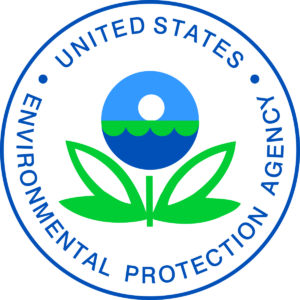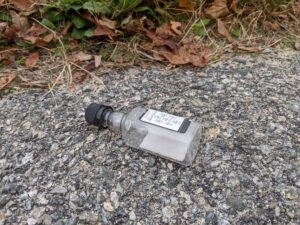 HYANNIS – The U.S. Environmental Protection Agency recently released its 2021 Toxics Release Inventory (TRI) National Analysis, which indicated that environmental releases of TRI chemicals from facilities covered by the program had risen 8% from 2020 to 2021.
HYANNIS – The U.S. Environmental Protection Agency recently released its 2021 Toxics Release Inventory (TRI) National Analysis, which indicated that environmental releases of TRI chemicals from facilities covered by the program had risen 8% from 2020 to 2021.
Despite the increase, chemical releases remained below pre-pandemic levels and 2021 levels are 10% lower than those in 2012.
The companies with the largest releases came from the plastics, fabricated metals, manufacturing, and chemical industries.
The TRI National Analysis showed an increase in PFAS reporting, with reported quantities jumping to 1.3 million pounds, up from 800,000 pounds the year before.
This is in large part because one PFAS, perfluorooctyl iodide, was added to the list of chemicals which facilities are required to report in 2021.
Of the 176 reported PFAS, most came from the chemical manufacturing and hazardous waste management sectors, with the latter accounting for about 80 percent of the 108,334 pounds of PFAS released into the environment, primarily in landfills.
The EPA recently proposed a rule to improve PFAS reporting by removing loopholes which allow facilities to avoid reporting PFAS when those chemicals are used in small concentrations, which is common in many products.
By eliminating the exemption for small qualities, industrial factories producing PFAS would no longer be able to avoid disclosing their PFAS releases, providing the EPA with a more accurate analysis of chemical quantities released.
The EPA’s announcement comes as State Senator Julian Cyr pushes a bill that would phase out PFAS in consumer products over the next few years.
“TRI reporting is a key part of EPA’s efforts to provide greater access to vital environmental information to Americans about their neighborhoods,” said EPA New England Regional Administrator David W. Cash.
“Making this information publicly available also incentivizes companies to reduce pollution and gives communities tools to act locally – which is particularly important for underserved communities that have historically been disproportionately impacted by pollution.”
To learn more about the EPA’s findings, click here.
By, Matthew Tomlinson, CapeCod.com NewsCenter






















